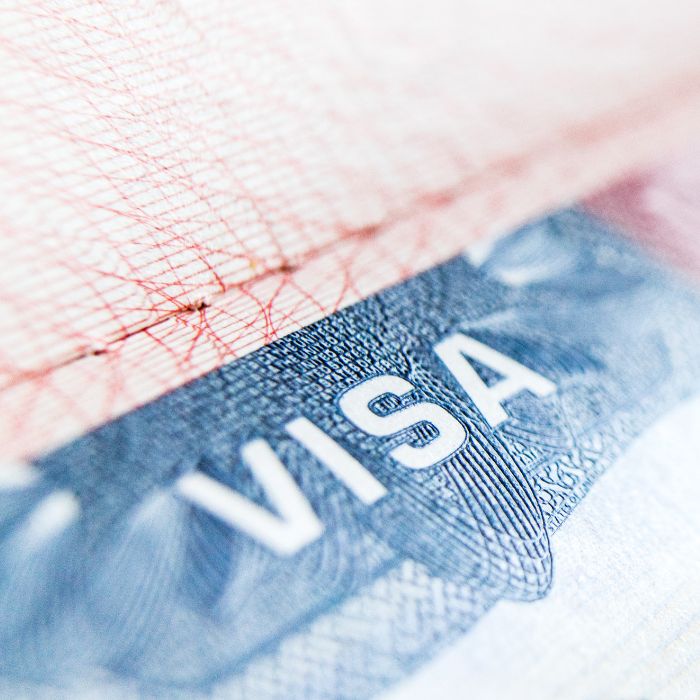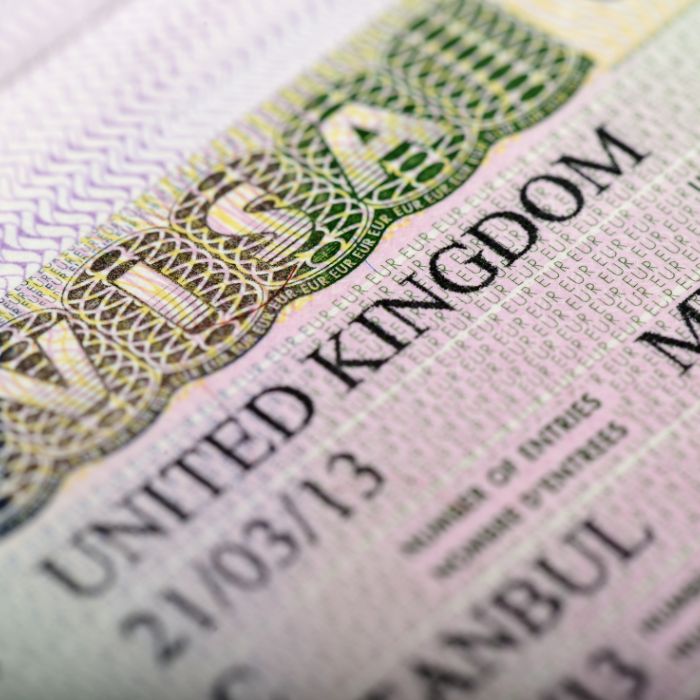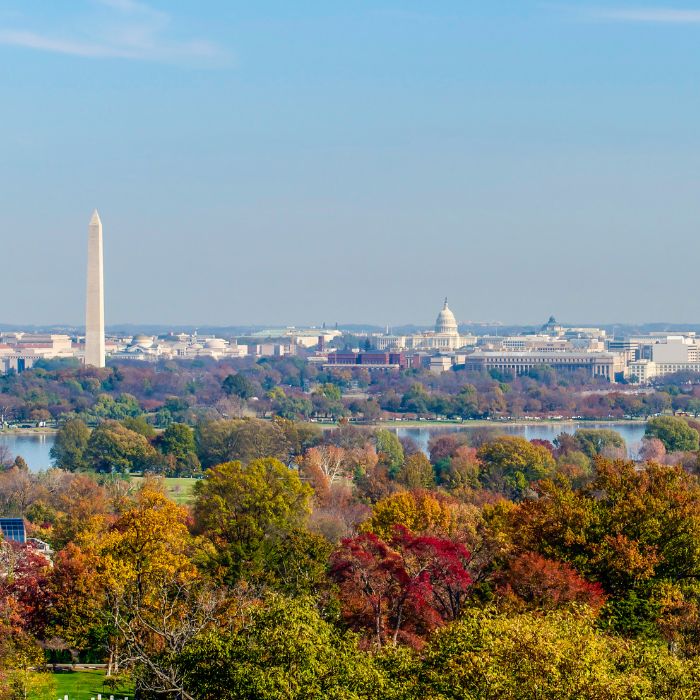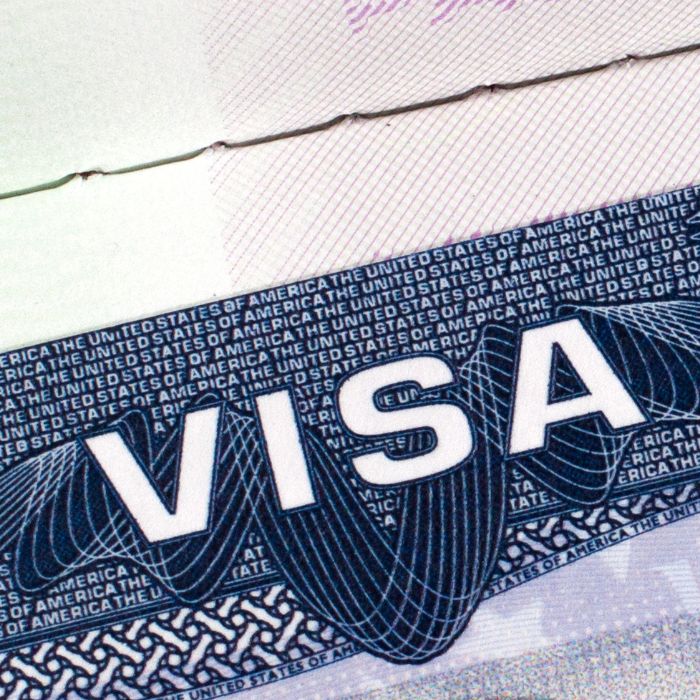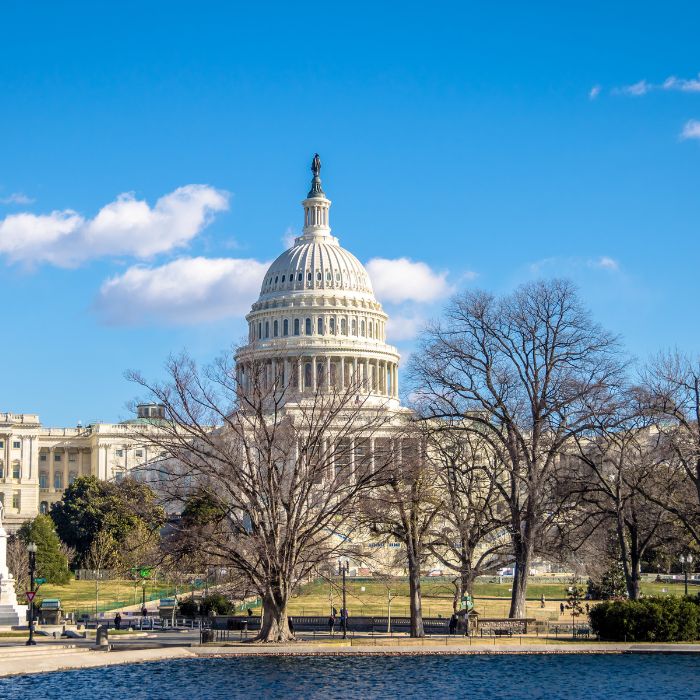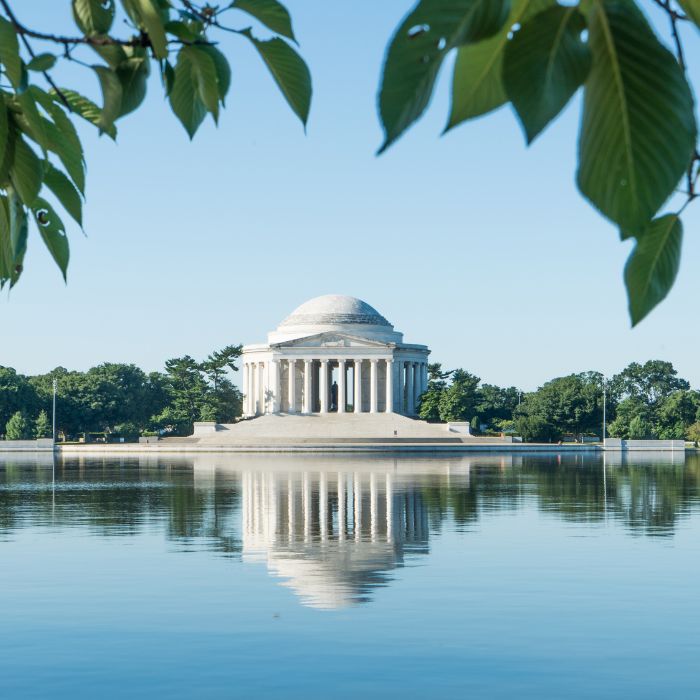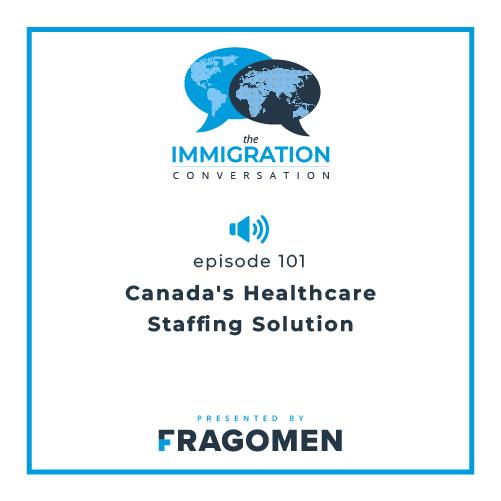United States: Temporary Final Rule Provides for Additional 64,716 H-2B Visas in FY 2025
November 27, 2024
At a Glance
- A Temporary Final Rule (TFR) scheduled to be published December 2, 2024 will make available an additional 64,716 H-2B visas in Fiscal Year (FY) 2025 subject to certain conditions.
- Of the additional visas, 44,716 will be made available to returning H-2B workers, and the remaining 20,000 will be reserved for nationals of Colombia, Costa Rica, Ecuador, El Salvador, Guatemala, Haiti, and Honduras.
- The additional H-2B visas will be made available in a series of allocations over the course of FY 2025, tied to case type and requested start date, with varying filing timelines.
- The TFR also includes provisions to protect both U.S. and H-2B workers, including additional scrutiny for employers that have committed certain labor law violations in the H-2B program.
A closer look
As announced earlier this month, the U.S. Department of Homeland Security (DHS) and Department of Labor (DOL) have jointly issued a Temporary Final Rule (TFR), scheduled to take effect December 2, 2024, that will make an additional 64,716 H-2B temporary nonagricultural worker visas available over the course of FY 2025. This is the same number of supplemental H-2B visas that the Biden Administration made available in FY 2024. The additional allocation supplements the 66,000 H-2B visas that are normally available each fiscal year.
Just as in FY 2024, 44,716 of the additional visas for this fiscal year will be made available to returning workers who received an H-2B visa or were otherwise granted H-2B status during one of the previous three fiscal years.
The remaining 20,000 additional H-2B visas will be reserved for nationals of Colombia, Costa Rica, Ecuador, El Salvador, Guatemala, Haiti, and Honduras, regardless of whether they are returning workers as was the case in FY 2024.
As in past years, employers seeking supplemental H-2B visas in FY 2025 must attest that they are suffering irreparable harm or will suffer impending irreparable harm if they are unable to employ all the workers requested in their petition. In addition, under the TFR’s temporary portability provision, for the one-year period from January 25, 2025 to January 24, 2026, workers already present in the United States in H-2B status will again be permitted to commence employment with a new employer after an H-2B petition has been filed, for a period of up to 60 days, rather than having to wait for petition approval to begin work.
The supplemental increase applies to FY 2025 only and does not affect the H-2B program in future fiscal years.
Timeline for allocations
The additional H-2B visas will be made available in a series of allocations over the course of FY 2025, tied to case type and requested start date. The supplemental visas have been divided into the following four separate allocations:
- Nationals of Colombia, Costa Rica, Ecuador, El Salvador, Guatemala, Haiti, and Honduras: The 20,000 supplemental visas reserved for these nationals are to cover the entirety of FY 2025. Petitions requesting an employment start date in the first half of the fiscal year (prior to April 1, 2025) may be filed after publication of the TFR scheduled for December 2, 2024. Petitions requesting an employment start date in the second half of the fiscal year (between April 1, 2025 and September 30, 2025) may be filed no earlier than 15 days after the 33,000 statutory cap for the second half of the fiscal year has been reached.
- Returning Workers for the first half of FY 2025: 20,716 supplemental visas have been allocated to returning workers of any nationality for the first half of the fiscal year. Petitions for these workers may be filed after publication of the TFR scheduled for December 2, 2024 and must request an employment start date in the first half of the fiscal year (prior to April 1, 2025).
- Returning Workers for the early second half of FY 2025: 19,000 supplemental visas have been allocated to returning workers of any nationality with requested employment start dates between April 1, 2025 and May 14, 2025. Petitions for these workers may be filed no earlier than 15 days after the 33,000 statutory cap for the second half of the fiscal year has been reached.
- Returning workers for the late second half of FY 2025: 5,000 supplemental visas have been allocated to returning workers of any nationality with requested employment start dates between May 15, 2025 and September 30, 2025. Petitions for these workers may be filed no earlier than 45 days after the 33,000 statutory cap for the second half of the fiscal year has been reached.
Additional filing restrictions
Petitions requesting supplemental H-2B allocations under the new rule must be filed at the Texas Service Center. No petitions for supplemental H-2B visas may be filed after September 16, 2025, and no such petitions may be approved after September 30, 2025.
Possibility of multiple lotteries
If the numerical limit is reached as to any of the four separate supplemental allocations, USCIS may run a random, computer-generated selection from among the petitions received on the date on which the allocation’s numerical limit is reached to select enough petitions to reach the numerical limit for that allocation. If the numerical limit for any of the allocations is reached on any of the first five business days of that allocation’s filing period, USCIS will run a random, computer-generated selection from among all petitions received under that allocation in the five-day period to reach the numerical limit.
No carryover of unused numbers
If there are any unused numbers in any of the four allocation groups, the unused numbers will not carry over to any other allocation group.
Additional worker protections
Existing regulations require employers seeking H-2B workers to test the U.S. labor market and certify that there are not enough U.S. workers who are able, willing, qualified, and available for the offered positions, and that employing H-2B workers will not adversely affect the wages or working conditions of similarly employed U.S. workers. In addition, employers filing an H-2B petition with USCIS thirty or more days after the requested start date specified on the DOL’s temporary labor certification must also take certain additional steps to recruit U.S. workers.
The supplemental H-2B rule includes additional provisions designed to protect both U.S. and H-2B workers. In particular, the regulation provides for additional scrutiny in the supplemental cap petition process for employers that have committed certain labor law violations in the H-2B program. As with supplemental allotments in previous years, DHS and DOL also state that they intend to conduct a significant number of audits of petitions for supplemental FY 2025 H-2B visas to verify compliance with program requirements, and a finding of a substantial violation may result in revocation of the temporary labor certification and/or petition, assessment of a civil monetary penalty, or program debarment.
What this means for employers
To maximize the chance of securing an H-2B visa number before the supply is exhausted, employers with FY 2025 H-2B employment needs should work with their immigration counsel to submit petitions at the earliest opportunity as each tranche of supplemental allocations becomes available.
This alert is for informational purposes only. If you have any questions, please contact the immigration professional with whom you work at Fragomen.



